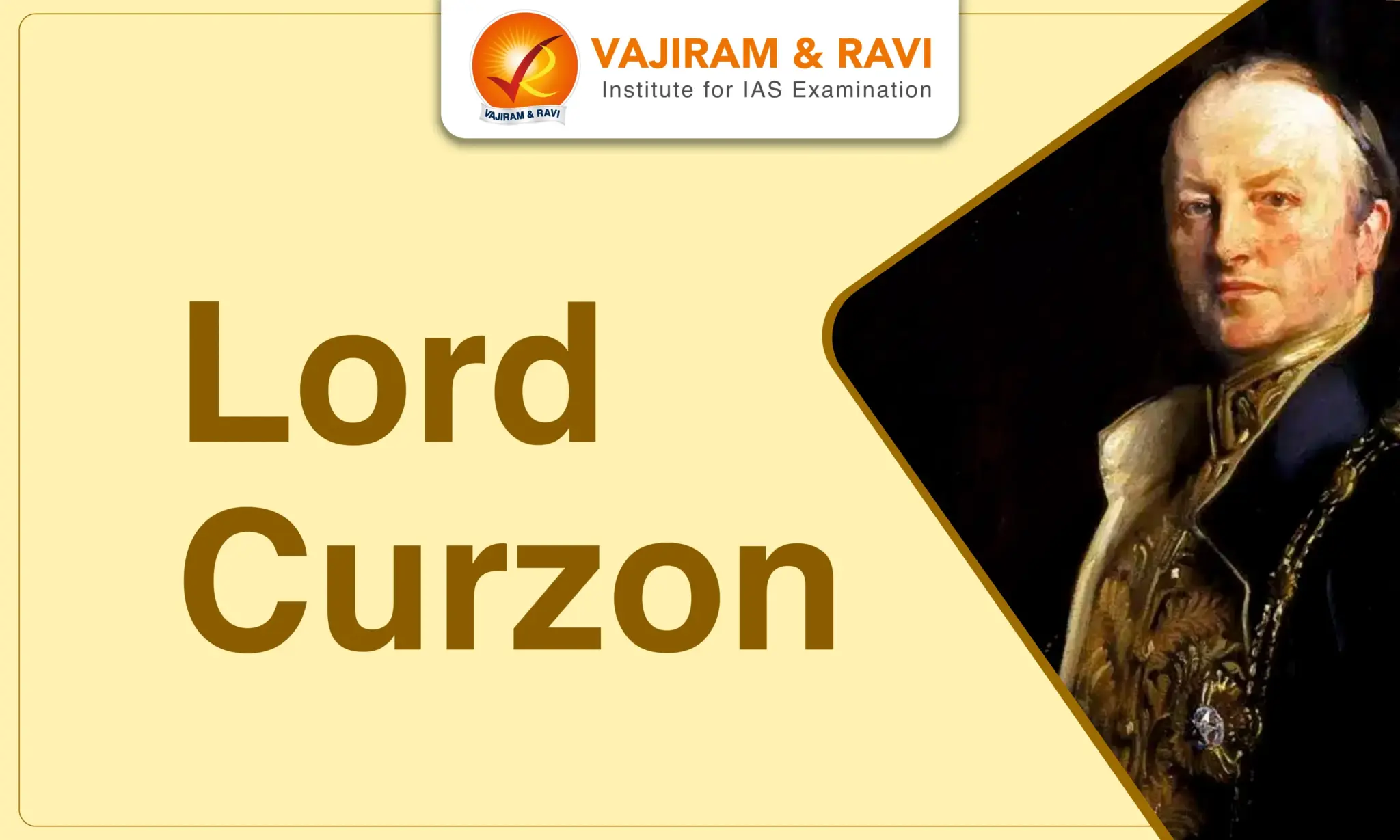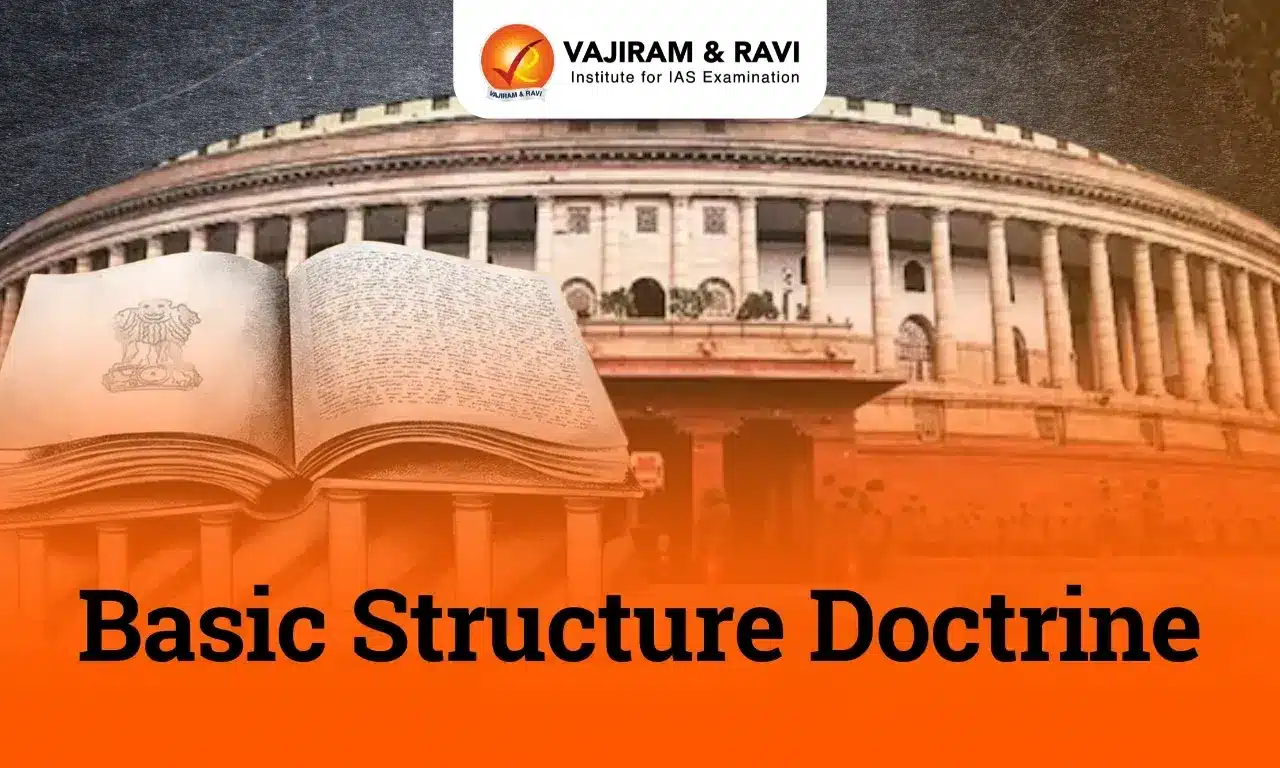Lord Curzon (1859-1925)served as Viceroy of India from 1899 to 1905. Curzon held deeply racist views and believed in Britain’s “civilizing mission” in India. In 1901, he referred to Indians as possessing an “extraordinary inferiority in character, honesty, and ability.”
Despite this, Curzon’s legacy in India includes administrative reforms, infrastructure improvements, and controversial decisions, the most notable of which was the partition of Bengal in 1905.
Lord Curzon
Lord Curzon (George Nathaniel Curzon), born on January 11, 1859, was a British statesman and Viceroy of India from 1899 to 1905. He entered the Parliament in 1886, serving in key roles related to India and foreign affairs. Curzon was also an accomplished writer, authoring three books: Russia in Central Asia (1889); Persia and the Persian Question (1892); and Problems of the Far East (1894).
Lord Curzon as Viceroy of India
Lord Curzon was appointedViceroy of India in 1899 succeeding Lord Elgin at the age of 39, making him the youngest person to hold the position. He served until 1905. Curzon worked to modernise India’s infrastructure, especially in terms of railways, irrigation, and administrative efficiency. However, he held deeply racist views and believed in Britain’s “civilizing mission” in India. The most contentious decision of his tenure was the Partition of Bengal in 1905, which sparked widespread protests and nationalist sentiment.
Lord Curzon Foreign Policy
Lord Curzon’s foreign policy prioritised expanding British influence in Asia, establishing control over the Persian Gulf, and strategically managing the geopolitical situation in Afghanistan and Tibet.
- North-West Frontier Policy: Lord Curzon aimed to consolidate and secure British-occupied territories in the northwest. He maintained British control over Chitral and constructed a road connecting Peshawar and Chitral, enhancing the security of the region.
- Tibetan Policy: Concerned about Russian influence in Tibet, Lord Curzon revived stalled trade relations. His efforts led to the Treaty of Lhasa (1904), with Tibet agreeing to pay a large indemnity to the British after the Younghusband Mission.
- Afghan Policy: Focused on protecting British interests, Lord Curzon secured a treaty with Afghan Amir Abdur Rahman, offering financial aid in exchange for regional peace amid Russian threats.
- Policy Towards Persia: To counter the growing influence of Russia, France, and Turkey, Lord Curzon visited the Persian Gulf in 1903, implementing actions to assert British control and protect their interests in the region.
Lord Curzon Reforms
Lord Curzon introduced several important reforms which included economic measures, like reducing the salt tax, and enacted the Ancient Monuments Preservation Act. Additionally, Curzon improved railway infrastructure, and provided famine relief, leaving a lasting impact on British administration in India. Following are some of the policies initiated during the tenure of Curzon:
- Educational Reforms: Curzon established the Universities Commission (Raleigh Commission) in 1902, resulting in the Indian Universities Act of 1904, which expanded government control over universities.
- Economic Reforms: The British pound was declared legal tender in India in 1899. Curzon reduced the salt tax and imposed it on those earning over Rs. 500 annually.
- Police Reforms: The 1902 Police Commission, led by Sir Andrew Frazer, recommended higher salaries, increased officer strength, and direct recruitment for higher posts while establishing the Provincial Police Service.
- Agricultural Reforms: Curzon extended irrigation and enacted the Co-operative Credit Societies Act (1904), and the Punjab Land Alienation Act (1900) to protect peasants from moneylenders. He also founded the Imperial Agricultural Research Institute in 1905.
- Cultural Reforms: The Ancient Monuments Preservation Act, of 1904 was passed, and Curzon led the restoration of key monuments, including the Taj Mahal.
- Military Reforms: During Lord Curzon’s term, Lord Kitchener restructured the army in 1902 into Northern and Southern Commands, improved training, and modernized weaponry.
- Judicial Reforms: Curzon increased the number of judges, raised judicial salaries, and revised the Indian Code of Civil Procedure.
- Relief Reforms: During a severe famine, Curzon provided paid relief work and exempted cultivators from revenue.
- The McDonnell Commission was set up in 1900 to study famine prevention.
- Infrastructure Reform: Lord Curzon expanded railway lines and transferred management to a newly formed Railway Board in 1901, improving profitability and efficiency.
- Calcutta Corporation Act, 1899: Lord Curzon reduced elected officials and increased appointed ones, limiting Indian self-governance. In protest, 28 members resigned, making the Corporation a government-dominated body.
Lord Curzon Role in Partition of Bengal
In 1905 partition of Bengal by Lord Curzon, divided it into East Bengal (Muslim-majority) and West Bengal (Hindu-majority), claiming it was needed for better administration. However, Indian nationalists saw it as a British strategy to divide communities and weaken their unity. This led to the Swadeshi movement, where people boycotted British goods and promoted local products.
- In 1911, due to growing pressure, the British reversed the partition and moved the capital from Calcutta to Delhi, further strengthening India’s fight for independence.
Impact of the Policies Undertaken by Lord Curzon
The Impacts of Lord Curzon’s reforms, especially the 1905 Partition of Bengal, which divided the region along religious lines, bolstered the nationalist movement. His administrative reforms alienated local officials, but his educational and economic initiatives modernised higher education, preserved heritage, and improved famine relief, ultimately strengthening resistance to British rule.
- Rise of Indian Nationalism: Curzon’s 1905 Partition of Bengal divided the country along religious lines, sparking protests and the Swadeshi Movement, which encouraged boycotting of British goods.
- Administrative Efficiency: Curzon aimed to enhance governance by centralizing control and improving infrastructure, including railways and irrigation. However, this alienated local officials and communities, fueling anti-colonial sentiments.
- Educational Impact: The Universities Act of 1904 sought to modernize higher education through strict government control, raising academic standards but also suppressing nationalist activities, which dissatisfied students and intellectuals.
- Economic Developments: His reforms created separate departments for agriculture, commerce, and industry, promoting organized policies and improving famine relief through increased irrigation.
- Geopolitical Influence: Curzon’s foreign policy aimed to strengthen British control over India’s borders, particularly in the North-West Frontier, Afghanistan, and Persia, which strained relations with local populations.
- Legacy in Indian Politics: The partition of Bengal ignited nationalist resistance and united various political factions, leaving a lasting legacy. Although reversed in 1911, it contributed to stronger nationalist movements and the push for independence.
Lord Curzon UPSC PYQs
Question 1: Evaluate the policies of Lord Curzon and their long-term implications on the national movement. (UPSC Mains 2020)
Question 2: With reference to the Swadeshi Movement, consider the following statements: (UPSC Prelims 2019)
- It contributed to the revival of the indigenous artisan crafts and industries.
- The National Council of Education was established as a part of the Swadeshi Movement.
Which of the statements given above is/are correct?
(a) 1 only
(b) 2 only
(c) Both 1 and 2
(d) Neither 1 nor 2
Ans: (c)
Question 3: The ‘Swadeshi’ and ‘Boycott’ were adopted as methods of struggle for the first time during the (UPSC Prelims 2016)
(a) agitation against the Partition of Bengal
(b) Home Rule Movement
(c) Non-Cooperation Movement
(d) visit of the Simon Commission to India
Ans: (a)
Question 4: The Partition of Bengal made by Lord Curzon in 1905 lasted until: (UPSC Prelims 2014)
(a) The First World War when Indian troops were needed by the British and the partition was ended.
(b) King George V abrogated Curzon’s Act at the Royal Durbar in Delhi in 1911.
(c) Gandhiji launched his Civil Disobedience Movement.
(d) The Partition of India in 1947 when East Bengal became East Pakistan.
Answer: (b)
Last updated on April, 2025
→ UPSC Notification 2025 was released on 22nd January 2025.
→ The UPSC Vacancy 2025 were released 1129, out of which 979 were for UPSC CSE and remaining 150 are for UPSC IFoS.
→ UPSC Admit Card 2025 is expected to release in first week of May for CSE Prelims Exam 2025.
→ The UPSC Prelims 2025 is scheduled to be conducted on 25th May 2025 and UPSC Mains 2025 will be conducted on 22nd August 2025.
→ Apply once through it and aspirants can apply for various government exams conducted by UPSC.
→ The UPSC Selection Process is of 3 stages-Prelims, Mains and Interview.
→ UPSC Result 2024 is released with latest UPSC Marksheet 2024. Check Now!
→ UPSC Toppers List 2024 is released now. Shakti Dubey is UPSC AIR 1 2024 Topper.
→ Also check Best IAS Coaching in Delhi
Lord Curzon FAQs
Q1. What was Lord Curzon famous for?+
Q2. Which act was passed by Lord Curzon?+
Q3. Who was the Viceroy after Lord Curzon?+
Q4. Why did Lord Curzon resign?+
Q5. What was Lord Curzon's full title?+
Tags: foreign policy lord curzon partition of bengal quest reforms















